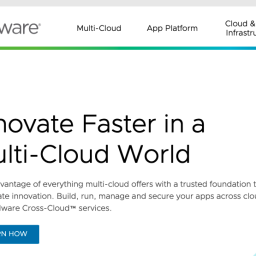
In an era where Artificial Intelligence (AI) is rapidly transforming industries and reshaping our daily lives, the importance of building systems that are both trustworthy and transparent cannot be overstated. The National Institute of Standards and Technology (NIST) provides a comprehensive framework designed to guide organizations in creating AI technologies that are reliable, safe, and ethically sound. We will review the key components of the NIST framework, illustrating how adhering to these standards can foster trust, ensure accountability, and promote transparency in AI systems.
Key Components of the NIST AI Framework
-
Governance: Effective governance is at the core of the NIST framework. It outlines how organizations should structure their AI governance to address and mitigate risks. This includes establishing clear policies, roles, and responsibilities for AI oversight.
-
Map, Measure, Manage, and Govern: The NIST framework is built around four core functions:
-
Map: Understand the context and environment in which the AI system operates.
-
Measure: Assess the AI system’s performance and risks using appropriate metrics.
-
Manage: Implement risk management strategies to address identified risks.
-
Govern: Ensure continuous oversight and improvement of AI systems.
-
-
Trustworthiness Characteristics: For AI systems to be trusted, they must exhibit certain characteristics, such as:
-
Transparency: Clear and comprehensible AI processes and outcomes.
-
Fairness: AI systems must be unbiased and equitable.
-
Accountability: There should be mechanisms in place to hold AI systems and their creators responsible for their actions.
-
Real-World Applications
Many industries are adopting the NIST framework to ensure their AI systems are safe and reliable. In healthcare, it guides the development of transparent algorithms for patient diagnosis and treatment. Financial institutions use the framework to detect fraud while maintaining customer privacy. The automotive industry applies it to enhance the safety of self-driving cars. Retailers use it to manage inventory and personalize customer experiences. Public sector organizations apply it in public safety, transportation, and social services.
Challenges and Benefits
Implementing the NIST framework can be resource-intensive, requiring significant investment in training, technology, and manpower. Integrating it into existing systems can be complex, often facing resistance and technical issues. Balancing innovation with compliance is also challenging, as organizations must ensure they don’t stifle creativity while adhering to guidelines. However, the benefits are substantial. By following NIST guidelines, organizations build AI systems that are transparent and trustworthy, fostering user confidence and wider adoption. The framework helps manage potential risks like biases and ethical concerns, preventing costly mistakes and reputational damage. Aligning with NIST standards ensures readiness for regulatory compliance and provides a competitive edge by showcasing a commitment to responsible AI practices. The framework also promotes continuous improvement, keeping AI systems effective, safe, and in line with evolving standards.
2















